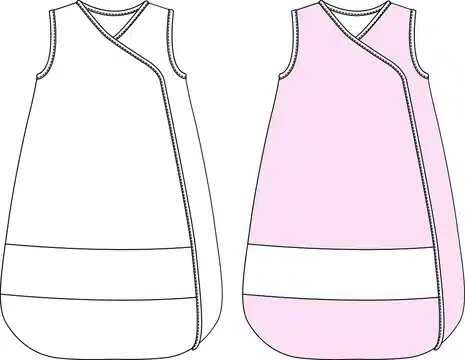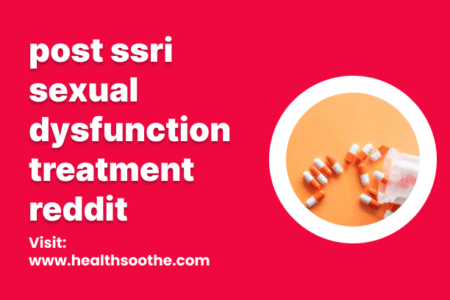Selecting the right sleep solutions for your baby is crucial for their comfort and safety. Swaddles and sleep sacks are designed to keep infants warm and cozy during sleep, but they serve slightly different purposes and are suited to different stages of a baby’s development. Swaddles typically consist of a large, thin blanket that’s used to wrap the baby snugly, mimicking the sensation of being in the womb, which can have a soothing effect. They are often recommended for newborns because they help to prevent the startle reflex that can wake a baby.
In contrast to swaddles, sleep sacks are wearable blankets that provide warmth without the risks associated with loose bedding in the crib. They are more akin to a garment, sometimes with open arms and always with a zipped enclosure, which ensures that the fabric stays clear of the baby’s face. As your baby grows and begins to roll or move around the crib, the transition from a swaddle to a sleep sack allows them to have more movement while maintaining safety.
Key Takeaways
- Swaddles are used to wrap babies snugly, beneficial for newborns.
- Sleep sacks are wearable blankets ideal as babies grow and move more.
- Both swaddles and sleep sacks aim to keep babies comfortable and safe.
Exploring Sleep Sacks
Sleep Sacks, often referred to as wearable blankets, are designed to keep your baby comfortably wrapped during sleep without the use of loose bedding in the crib. These garments combine the warmth of a blanket with the safety of a fitted garment to ensure your baby remains cozy and secure throughout the night.
Advantages of Sleep Sacks
Sleep Sacks are a safe sleep option that minimizes the risks associated with loose bedding. By using a sleep sack, you are following safe sleep recommendations, keeping your baby warm without the potential hazard of traditional blankets that could cover your baby’s face. As your child grows from baby sleep stages into toddlerhood, a wearable blanket allows for more freedom of movement, especially important for those babies who have started to roll and move during the night.
Styles range from lightweight options for warmer climates to thicker designs, like the 2.5 tog sleep sack, which is ideal for cooler temperatures. Not only do these sleep sacks come in various sizes to fit from newborn to toddler, but they also offer increased leg movement, important for your baby’s development and comfort.
Selection and Usage
When selecting a sleep sack, consider the material and size appropriate for your baby. Sleep sacks are made with various materials, from organic cotton to blends designed for temperature regulation, offering comfort and breathability. The sizes range to accommodate your growing child and often have adjustable features to ensure a proper fit.
Using a sleep sack is straightforward: they often have a simple zipper for ease of placing your baby in their crib. Look for options that allow for an easy transition during night-time feeds or diaper changes, ensuring minimal disruption to your baby’s sleep. Some styles include unique features compatible with a harness and can be worn even while your baby is in a stroller or being nursed.
By incorporating a sleep sack into your baby’s bedtime routine, you can provide a safe, comfortable sleep environment that supports their growth and makes the transition from swaddle to sleep sack seamless.
Understanding Swaddles
Swaddling is a traditional practice where a baby is wrapped snugly in a blanket to mimic the comfort of the womb. This method can help your infant feel secure and improve sleep by minimizing the startle reflex.
Benefits of Swaddling
Swaddling helps your newborn feel snug and secure, as it simulates the snugness of the womb. Proper swaddling can assist in calming infants and promoting deeper sleep. It is also known to be beneficial in regulating your baby’s Moro reflex, also known as the startle reflex, which can sometimes awaken them. The American Academy of Pediatrics emphasizes that when done correctly, swaddling can be an effective technique for safe sleep during your baby’s initial months of life.
- Comfort: Swaddling may provide a sense of comfort and security.
- Sleep improvement: It can reduce disturbances from the startle reflex, offering better sleep quality.
Risks and Considerations
However, swaddling must be performed with care. Incorrect swaddling can lead to risks such as hip dysplasia if the legs are wrapped too tightly. Once a baby starts showing signs of being able to roll over, it’s time to transition out of a swaddle to prevent the risk of suffocation. Sudden Infant Death Syndrome (SIDS) is also a significant concern, and one should make sure that the baby’s face is not covered, to maintain clear breathing. Additionally, the American Academy of Pediatrics advises stopping the use of a swaddle blanket before the baby can roll over to ensure safety during sleep.
- Safety precautions: Swaddle with the arms free to prevent suffocation if the baby rolls over.
- Hip health: Ensure the swaddle is not too tight around the hips.
Conclusion
When deciding between a swaddle and a sleep sack for your infant, consider their unique design purposes. Swaddles are meant to mimic the snugness of the womb, potentially soothing newborns and preventing startling reflexes that might wake them. Sleep sacks, contrarily, provide both warmth and more freedom of movement, a good choice as your baby grows and starts rolling over. Your choice should align with your baby’s developmental stage and personal comfort preference.





